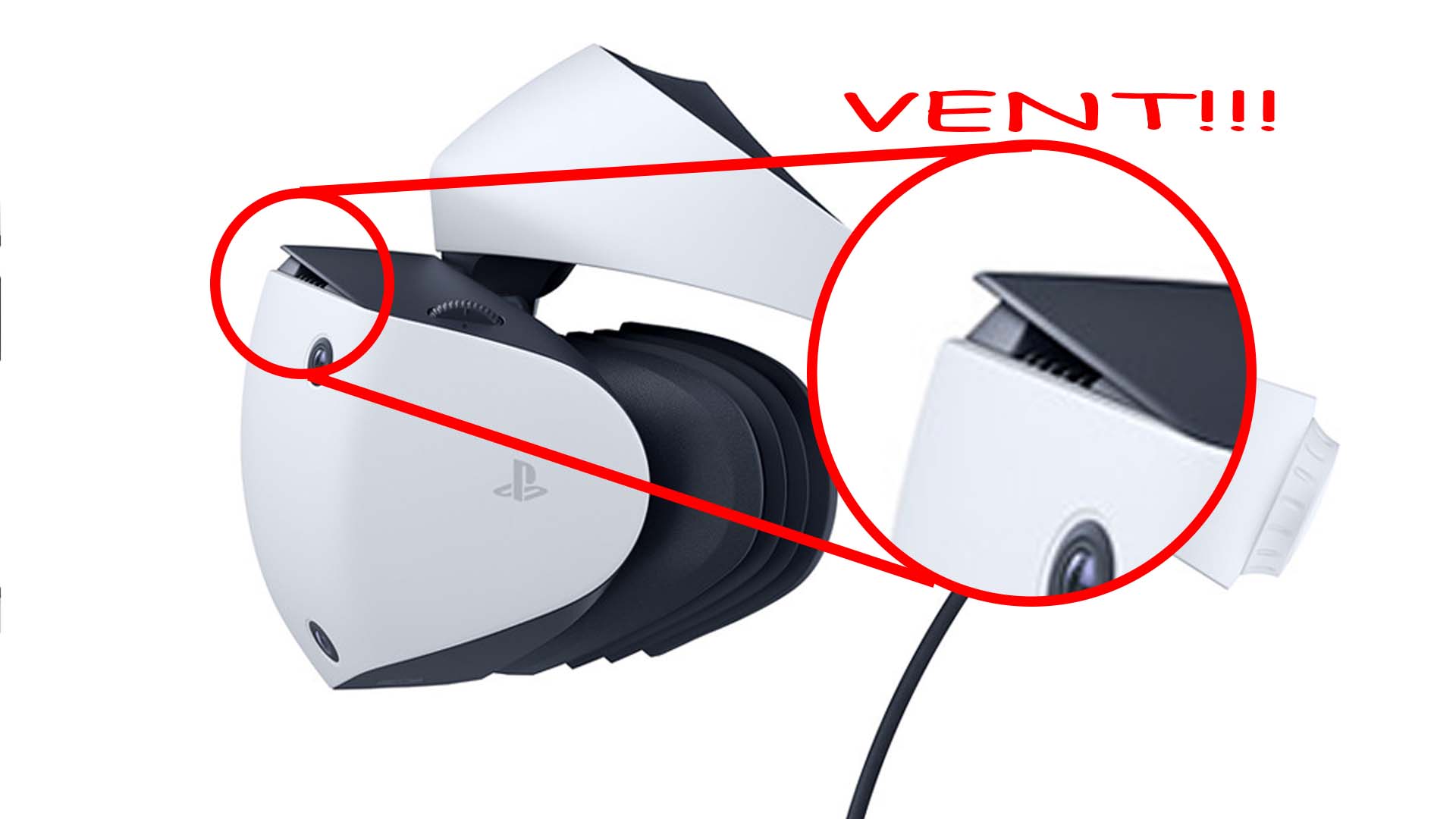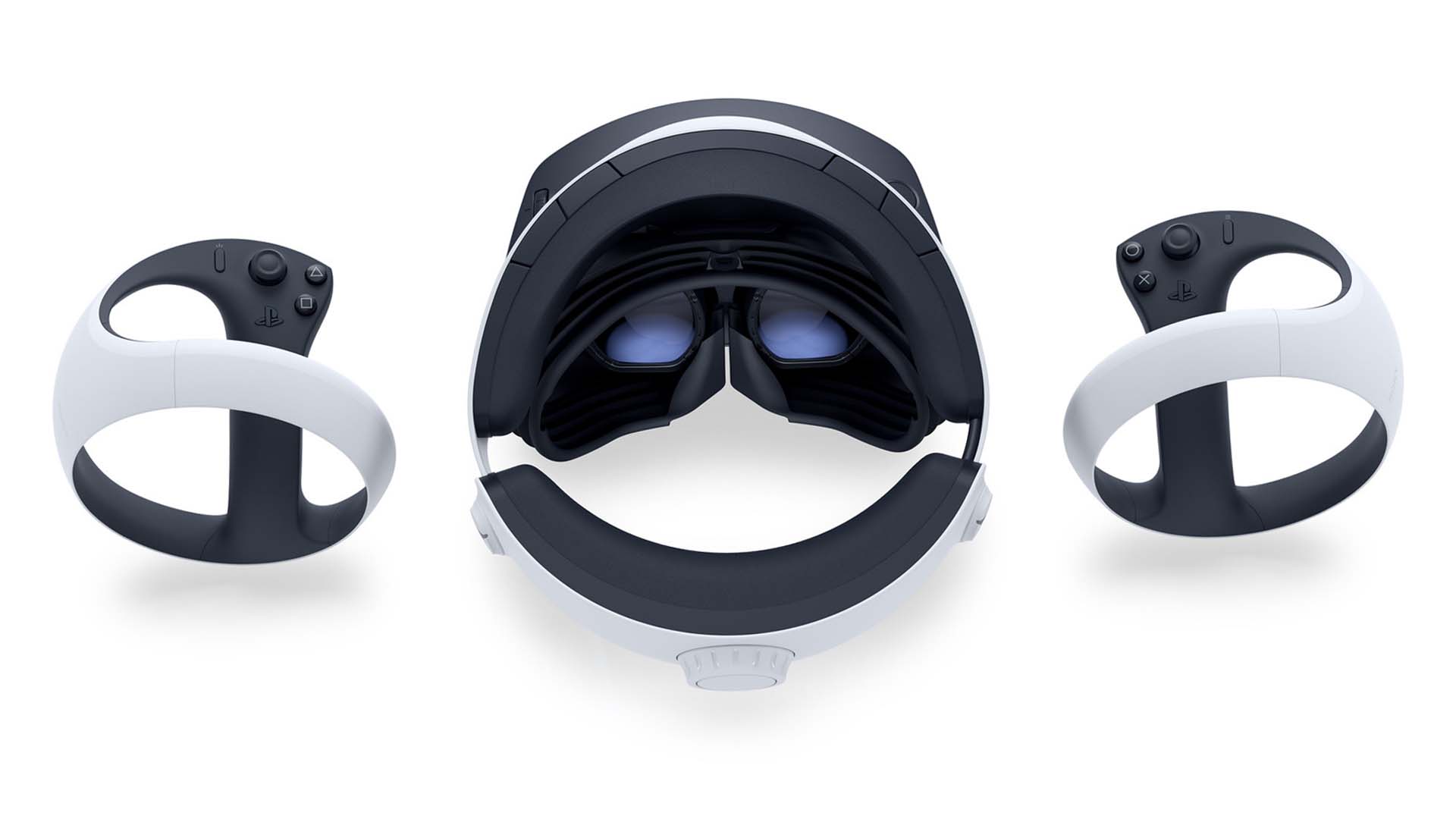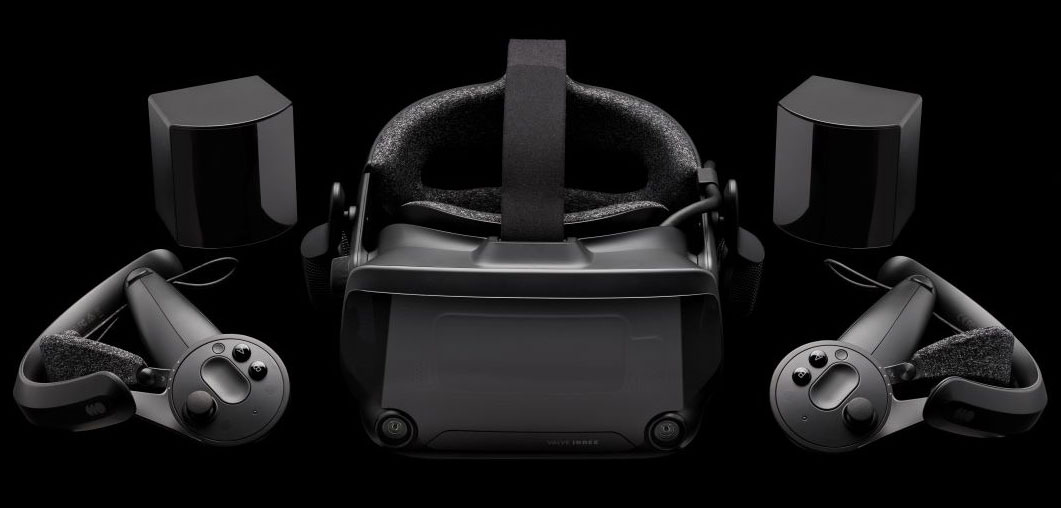The next big thing coming to PS VR2: vent
Sony HATES getting sweaty in virtual reality.

There's a whole lot more to the PS VR2 than just a vent, but in our first look at Sony's new VR headset, the company has chosen to go into lots of detail about some entertaining new features. We now know that adequate ventilation is really high on Sony's list of must-haves for its next-gen virtual reality experience, for one.
“When I started to work on the design for the PlayStation VR2 headset, one of the areas I wanted to focus on first was the idea of creating a vent in the headset to let air out, similar to the vents on the PS5 console that allows airflow," says Yujin Morisawa, senior art director at Sony who led the design of the PS VR2.
"Our engineers came up with this idea as a good way to allow ventilation and avoid having the lens fog up while players are immersed in their VR games. I worked on many design concepts to achieve this, and in the final design, you can see there is a little space in between the top and front surface of the scope that contains the integrated ventilation. I am really proud of how this turned out and the positive feedback I have gotten so far. I hope our PlayStation fans will also agree, and I can’t wait for them to try it out.”
I've not really felt many PC VR headsets suffer from severe fog issues while in use, but then again I've not had much time with the first-gen PS VR model. Either way, a vent doesn't hurt, and it certainly could work a treat, I just find it entertaining that a big focus of Sony's latest blog post on its next-gen VR headset is about a vent.
There are some other features of note. Sony has maintained the same "orb" design for the PS VR2 headset as the previously announced PS VR2 Sense controllers. And it's a pretty nice looking headset, I must say. It maintains the sort-of 'hanging' VR headset construction as the first-gen unit, and it looks comfy enough. I did like how you could flip up the old VR headset away from your face without removing the headset entirely, so hopefully the same is true here.

Sony says it has "paid very close attention to the ergonomics of the headset" to ensure it's comfy over long periods. Nothing like awkward VR pains on your head to pull you out of an immersive experience.
Though Sony also says the design will see the headset become "an attractive part of your living room décor." And, uh, no. Sorry Sony, but no VR headset is that pretty.
The biggest gaming news, reviews and hardware deals
Keep up to date with the most important stories and the best deals, as picked by the PC Gamer team.
Lastly, Sony shares that it's added tiny PlayStation symbols to the front and back bands of the PS VR2 headset to "add a comfortable feel for players to enjoy."

Best VR headset: which kit should you choose?
Best graphics card: you need serious GPU power for VR
Best gaming laptop: don't get tied to your desktop in VR
I'm really not sure what to make of that but I suppose it's nice that every little feature has been considered in such detail. There's just something about the lack of real details in the PS VR2 blog post that makes me chuckle—it's definitely more style over substance. Though Sony has already told us some key details for the PS VR2: 4K HDR with cutting edge graphical rendering, 2,000 x 2,040 resolution per eye, a contrast-friendly OLED panel, enhanced inside-out tracking, up to 120Hz refresh rate, headset feedback and other VR2 Sense Technology, and a single cord setup.
And despite finding this particular blog post to be almost satirical, I am genuinely excited for the future of console VR. I'm a big fan of VR in general and I think the more the merrier when it comes to capable and affordable VR headsets, be them on PC or no. The AMD-powered PS5 certainly has the power to deliver up some great VR experiences in the right hands, too.

Jacob earned his first byline writing for his own tech blog. From there, he graduated to professionally breaking things as hardware writer at PCGamesN, and would go on to run the team as hardware editor. He joined PC Gamer's top staff as senior hardware editor before becoming managing editor of the hardware team, and you'll now find him reporting on the latest developments in the technology and gaming industries and testing the newest PC components.

